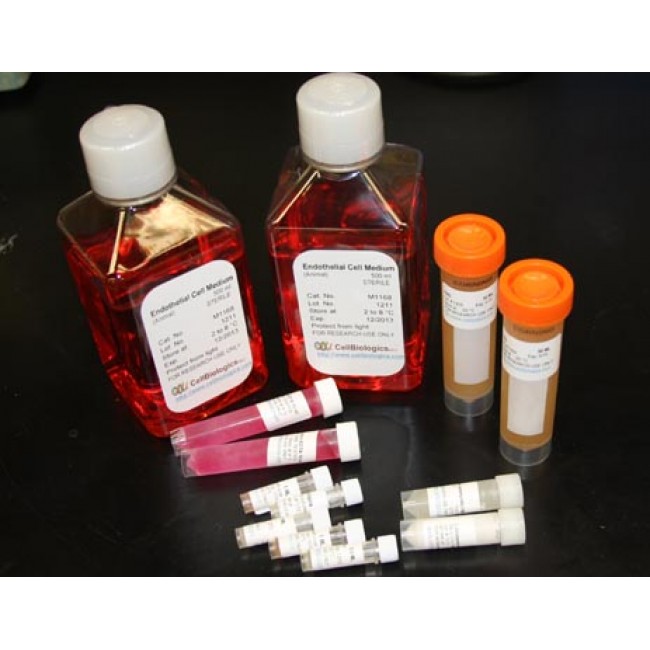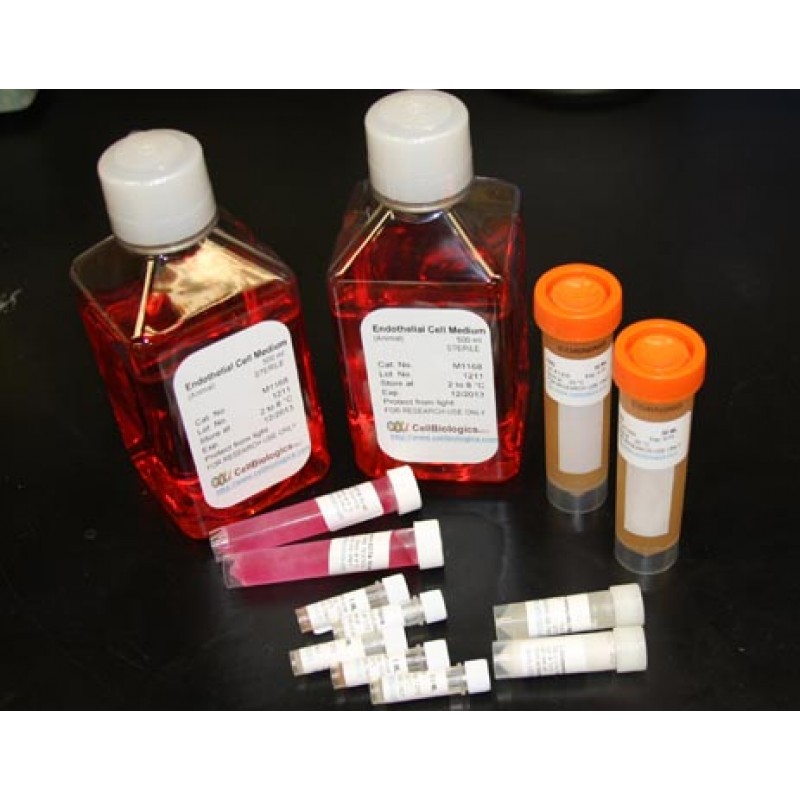Human PlGF, or Placental Growth Factor, is part of the PDGF/VEGF family and contains the 8 cysteine residues conserved in the family. It can be alternately spliced into three different mature forms. PGF is typically found as a disulfide linked dimer which is highly glycosylated. It is a key molecule involved in vasculogenesis and angiogenesis, especially during embryogenesis. It also induces the activation of monocytes, as well as their migration and production of inflammatory cytokines. It is primarily expressed by the placental trophoblast during pregnancy, but is also expressed in villious trophoblasts, decidual cells, erythroblasts, keratinocytes, and somewhat in endothelial cells. PGF signals by binding VEGF R1, and competes with VEGF for binding. Recombinant PlGF is a 15.0 kDa protein.


